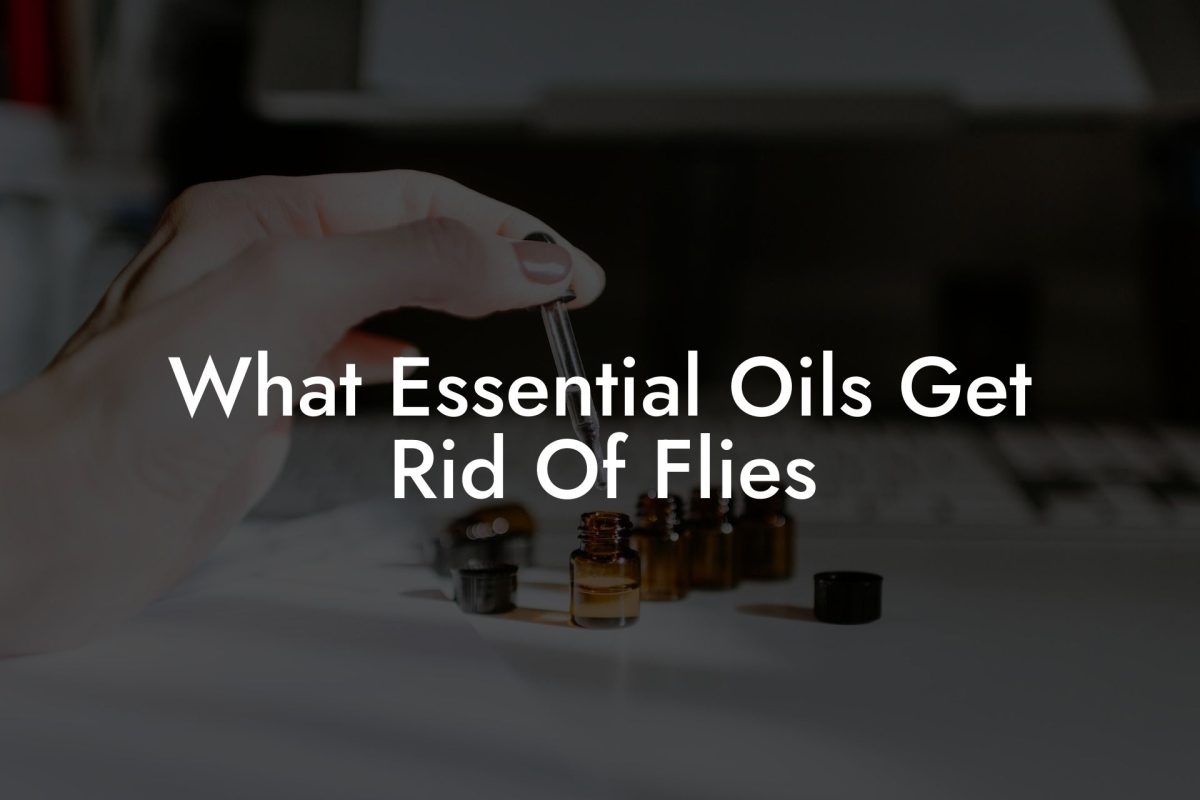Deciphering essential oil labels can be a daunting task, especially for those new to aromatherapy. But understanding what’s inside those little bottles is crucial to ensure you get the most out of each drop. This comprehensive guide will help you navigate essential oil labels with ease, so you can confidently choose and enjoy Oshu Oils’ artisan essential earth oils.
Quality Matters
Purchasing high-quality essential oils is essential for achieving optimal results. Low-quality oils may contain cheap fillers, synthetic ingredients, or lack the potency of authentic essential oils. Look for these labels on your essential oils:
- Pure: means there are no additional ingredients other than the essential oil
- Therapeutic grade: indicates the oil meets high-quality standards with no fillers or synthetic ingredients
- Organic: ensures the oil was derived from plants grown without chemical fertilizers, pesticides, or herbicides
- Wildcrafted: refers to oils obtained from plants harvested in their natural habitat
Botanical Names and Origins
Always look for the botanical (Latin) name of the essential oil on the label to ensure you’re getting the correct species. For example, lavender comes in several varieties, but Lavandula angustifolia is the most popular for its therapeutic properties. Additionally, the country of origin can impact the oil’s quality due to different growing conditions and harvesting practices.
- Botanical Name: The Latin name of the essential oil, indicating the plant species
- Country of Origin: Where the essential oil’s parent plant was grown and harvested
Extraction Method
The extraction method used can greatly impact the purity and potency of your essential oil. Common extraction methods include:
- Steam Distillation: The most common method, using steam to extract the oils from the plant matter
- Cold Pressed (also called Expression): A mechanical method used for citrus oils, pressing the essential oil from the rind
- Absolute: A solvent is used to extract the oils from delicate flowers or plants not suitable for steam distillation. While not considered as pure as distilled oils, absolutes are still highly valued for their aromatic properties and use in perfumery
Safety and Precautions
Essential oils are powerful substances that should be used cautiously and with respect. Some oils have specific safety precautions and contraindications that should be followed.
- Dilution: Many essential oils need to be diluted with a carrier oil before applying to the skin to avoid skin irritation
- Phototoxicity: Some oils, notably citrus varieties, can cause skin sensitivity when exposed to sunlight
- Contraindications: Certain oils should not be used by individuals with specific health conditions, such as pregnancy, epilepsy, or high blood pressure
Essential Oils Labels Example:
| Label Element | Example |
|---|---|
| Quality | Pure, Therapeutic Grade, Organic |
| Botanical Name | Lavandula angustifolia |
| Country of Origin | France |
| Extraction Method | Steam Distillation |
| Safety Precautions | Phototoxic, Dilute before applying to the skin |
With this guide to essential oil labels, you’re better equipped to make informed decisions about the oils you choose to incorporate in your daily life. Embrace the power of Oshu Oils’ artisan essential earth oils and explore our range of expertly crafted blends designed to bring balance and wellbeing to your modern lifestyle. We invite you to share your new-found knowledge with others, engage with our diverse range of guides, and discover the benefits of top-quality essential oils and aromacology by trying Oshu Oils today.





















